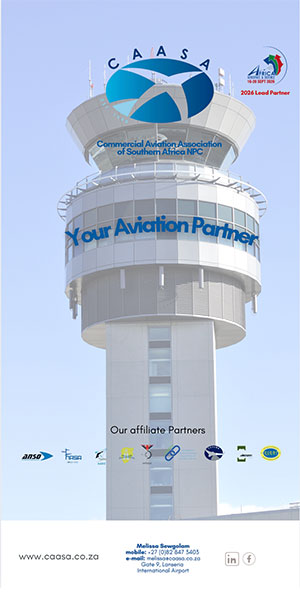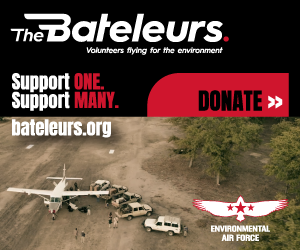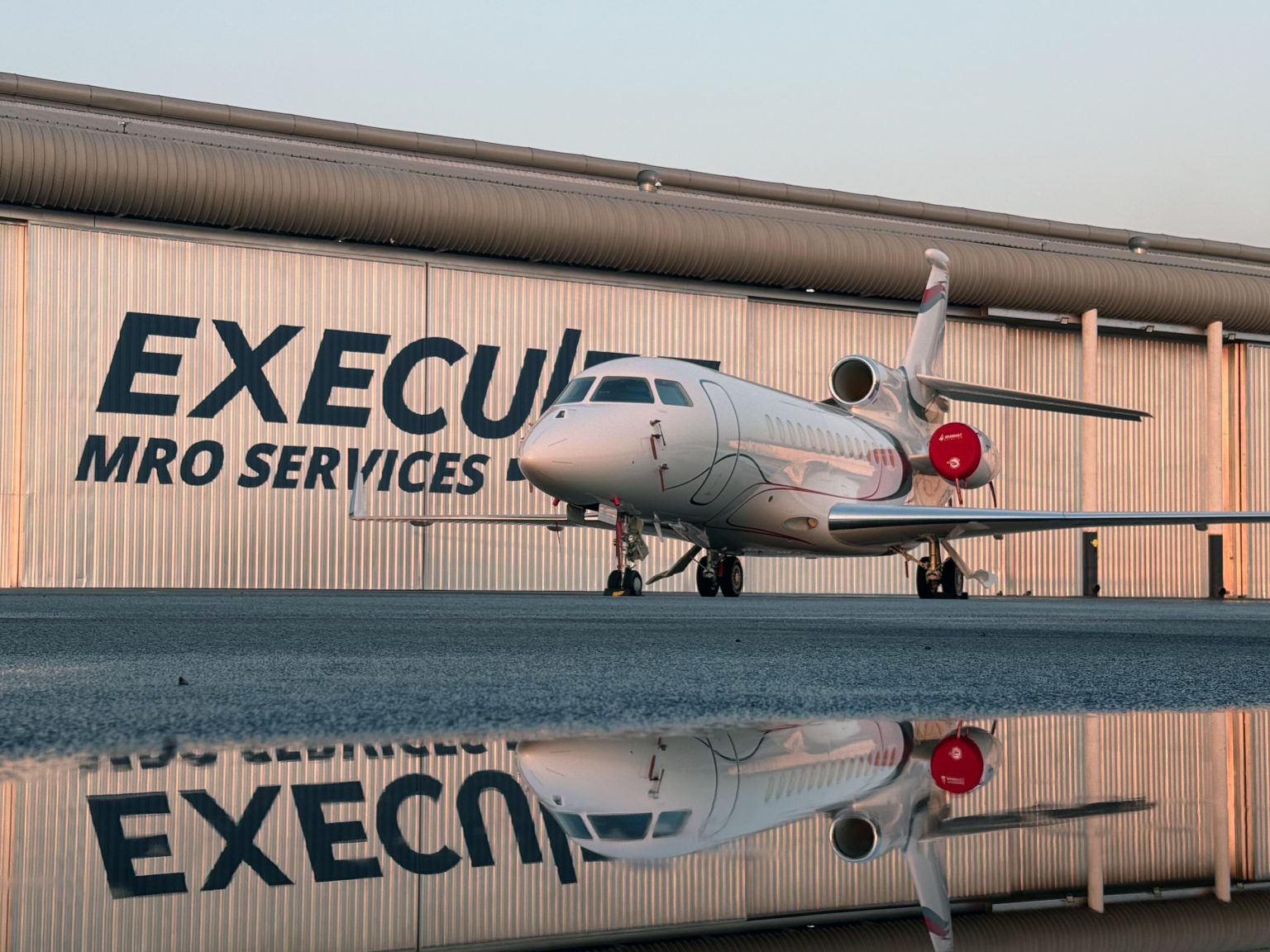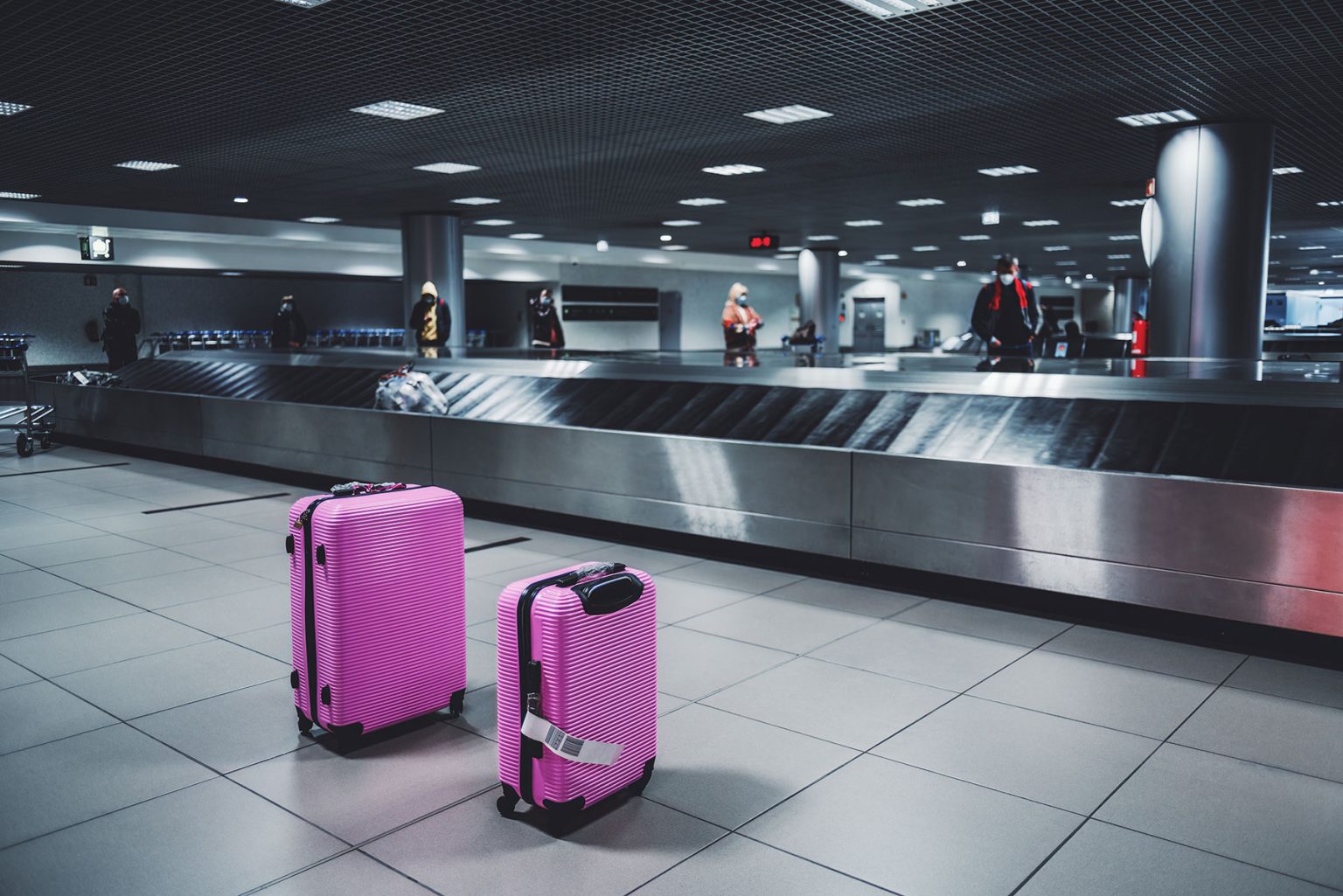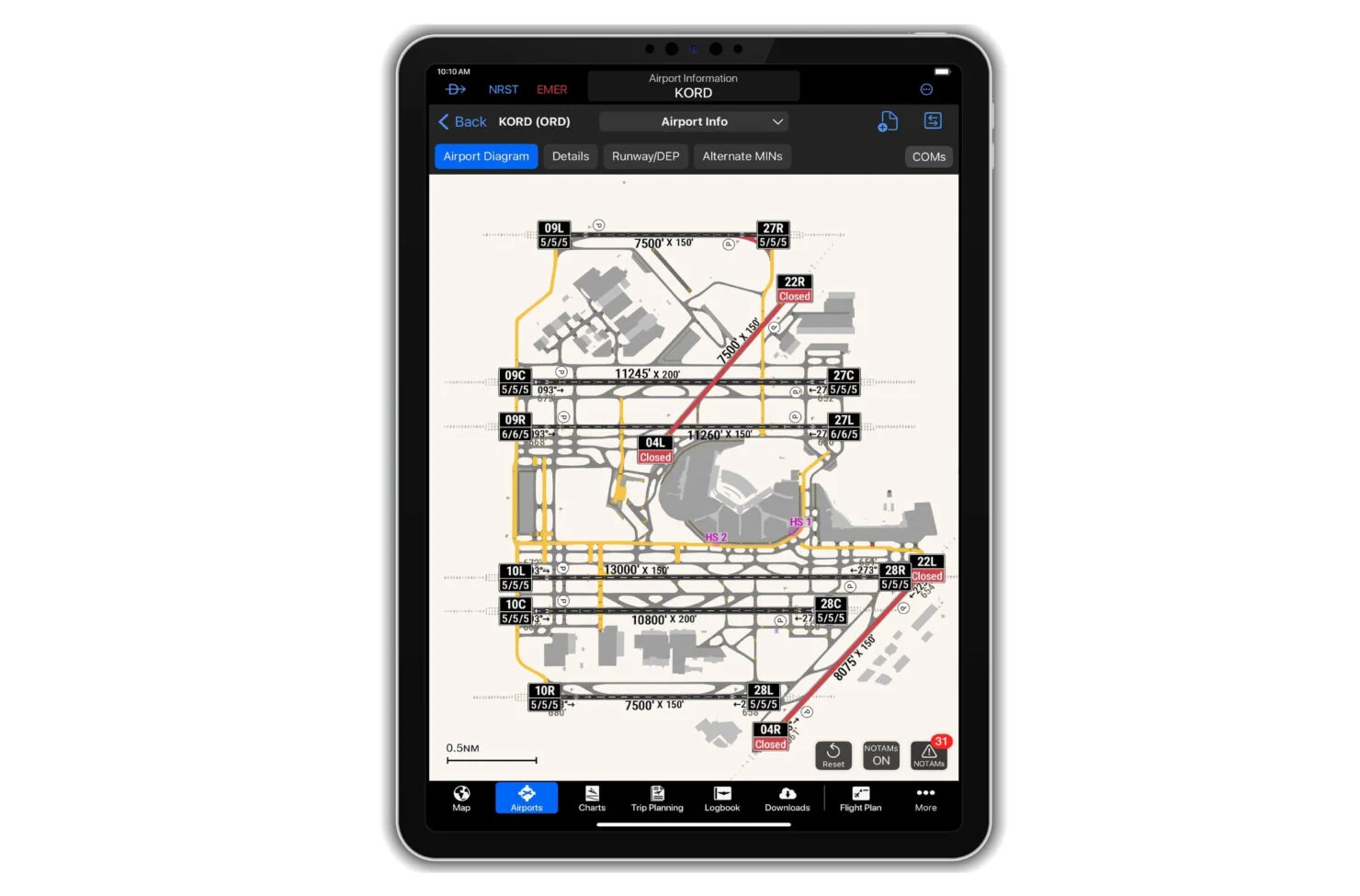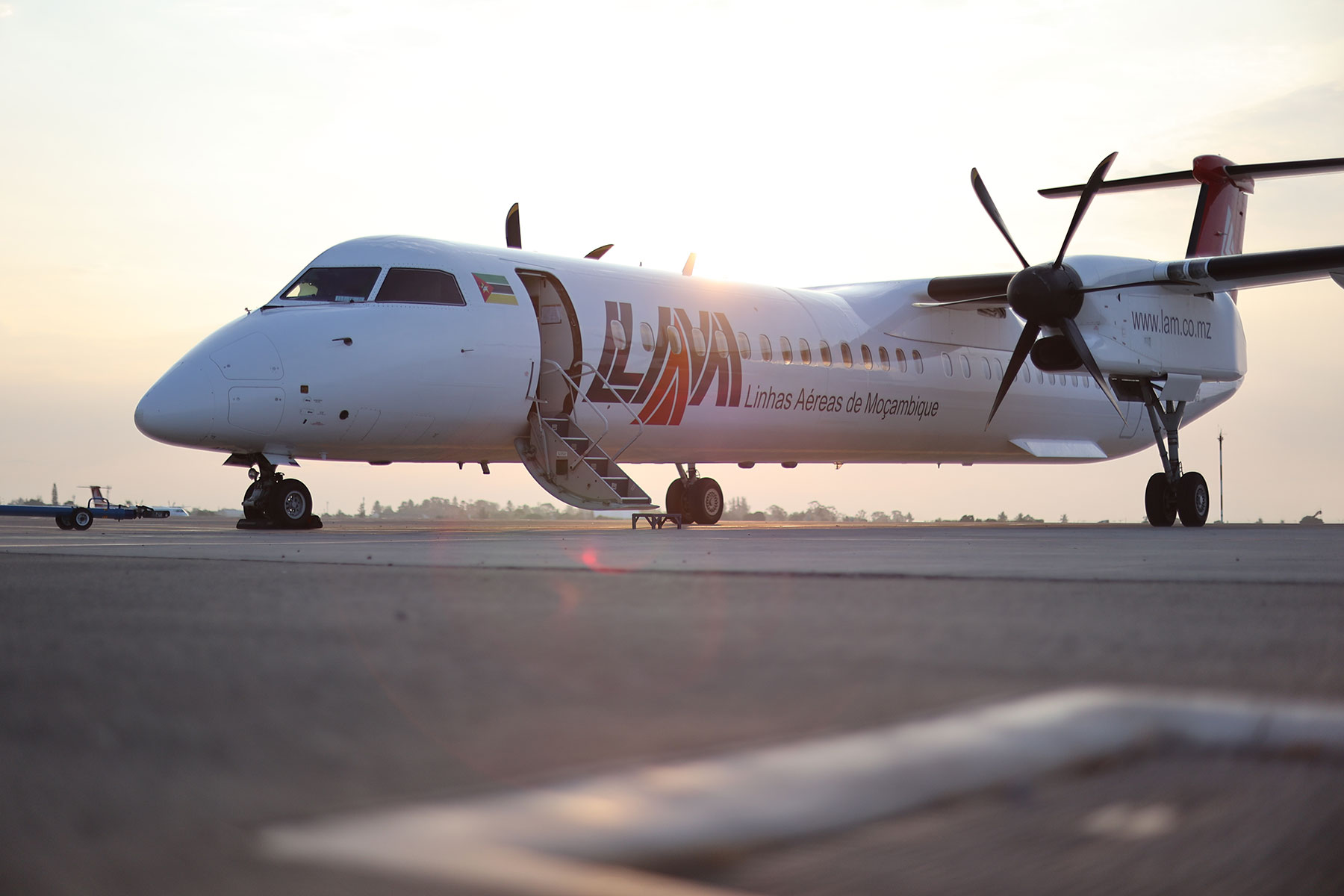Government investment, airport upgrades, and sustainable aviation fuels are set to shape the future of Zimbabwe’s air transport sector.
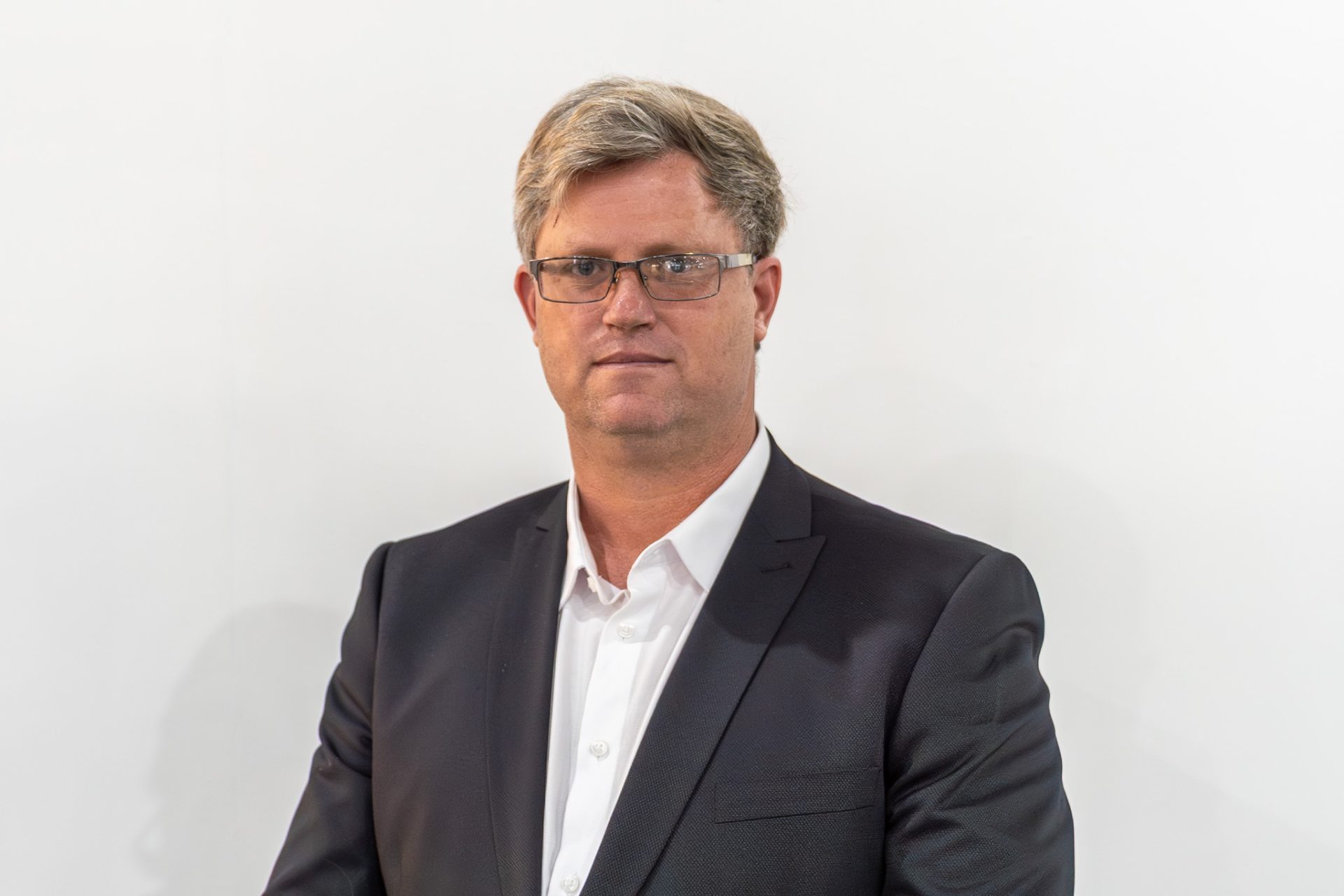
Zimbabwe’s aviation sector is entering a period of renewed activity and strategic expansion. Speaking with African Pilot, Deputy Minister of Transport and Infrastructure Development, Hon. Sacco, outlined a broad range of initiatives, from modernising airport infrastructure and strengthening domestic connectivity to pioneering sustainable aviation fuel (SAF) production.
Major Airport Developments
At the heart of the government’s aviation modernisation programme are large-scale investments in airport infrastructure. The Robert Gabriel Mugabe International Airport in Harare has been comprehensively upgraded, and the Victoria Falls International Airport has been expanded to handle greater international traffic.
“These investments are already paying dividends,” said Hon. Sacco. “We see increasing traffic into Victoria Falls because it is one of the Seven Wonders of the World and a major tourism magnet. The improved airport capacity has made direct international access possible.”
Looking ahead, Zimbabwe plans to construct an entirely new airport in Mutare, in the country’s Eastern Highlands. The project will be undertaken by the same Chinese company responsible for the upgrades at Harare and Victoria Falls airports.
Additionally, the government intends to elevate Charles Prince Airport—north of Harare—to international status. In September, the Zimbabwe Airports Company noted that the project aims to transform Charles Prince into a hub capable of accommodating large-bodied aircraft and high passenger traffic. This forms part of a broader plan to support the development of a new city north of the capital, anchored by the recently completed Parliament building. “With the new city taking shape, a second international airport is essential to support its growth and decongest Harare,” the Deputy Minister explained.
Expanding Regional and Domestic Connectivity
Beyond the main gateways, the Ministry is pursuing upgrades at several regional airports, including Buffalo Range near Chiredzi, Masvingo in central Zimbabwe, and Hwange National Park. The latter will allow tourists to fly directly into the park, supporting the country’s thriving tourism economy.
Hon. Sacco noted the importance of re-establishing regular domestic flights: “Flying should not be reserved for those of means, it must be a convenient form of transport for all Zimbabweans. Reviving our domestic network is critical to achieving that.”
National Airline Recovery and Private Sector Growth
Air Zimbabwe remains a key focus under the government’s transport revitalisation framework. The airline, like many others globally, was significantly affected by the COVID-19 pandemic. It now falls under the Mutapa Investment Fund, formally the Sovereign Wealth Fund, which also manages the restructuring of other state-owned enterprises such as the National Railways of Zimbabwe.
“The Fund is exploring leasing and aircraft acquisition opportunities for Air Zimbabwe,” Hon. Sacco confirmed. “We want to see the airline resume its traditional long-haul services to destinations such as London and China.”
At the same time, private carriers such as Airlink and Fastjet have strengthened their presence in Zimbabwe. Fastjet, a Zimbabwe-registered operator, has expanded its route network to include Victoria Falls, Bulawayo, and Lusaka, enhancing regional integration and connectivity.
Technology, Safety and Open Skies
Zimbabwe is aligning itself with international best practice through active engagement with the International Civil Aviation Organization (ICAO). The government has adopted an Open Skies policy, encouraging more airlines to enter Zimbabwean airspace and securing fifth-freedom traffic rights to facilitate regional routes.
“Our radar systems have also been upgraded to enhance air safety,” Hon. Sacco noted. “We are ensuring that Zimbabwe’s skies remain a safer place to fly.”
Pioneering Sustainable Aviation Fuels
One of Zimbabwe’s most forward-looking initiatives is its collaboration with ICAO and the UK government to develop a local sustainable aviation fuel (SAF) industry. The country already produces ethanol for blending and uses sugarcane as a feedstock, and aims to extend this capability to produce ethanol-derived Jet A-1 fuel.
“Zimbabwe is well positioned to become a regional hub for SAF production,” said Hon. Sacco. “We have abundant land, water bodies, and suitable non-food crops, meaning we can develop feedstock without competing with food production.”
A feasibility study, funded by ICAO and supported by the UK government, has already been completed. The next stage, a business plan also supported by ICAO and the UK government, to outline viable production models and financing structures, is nearing completion. Once it’s done, the next steps will be to move towards implementation and investor engagement, hopefully by the end of this year.
Hon. Sacco emphasised that local communities would play a key role: “We want to empower smallholder farmers living near water bodies to cultivate feedstock crops under irrigation. This will create a sustainable supply chain, from the farm to the refinery.”
A New Chapter for Zimbabwean Aviation
With its focus on infrastructure, technology, and sustainability, Zimbabwe’s aviation sector is positioning itself for a dynamic new era. For Hon. Sacco, aviation development is inseparable from national growth: “Aviation is vital not only for tourism but also for business. It opens our country to the world.”



